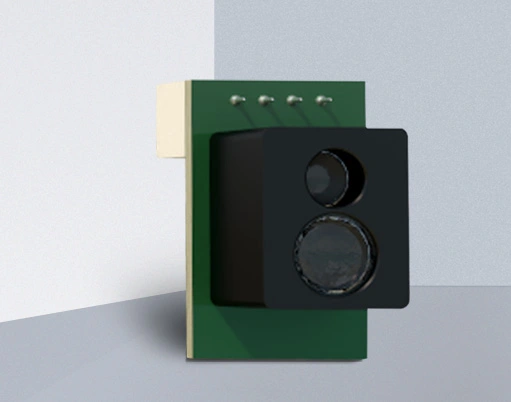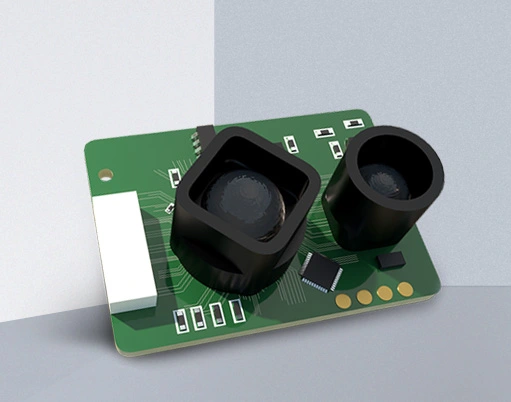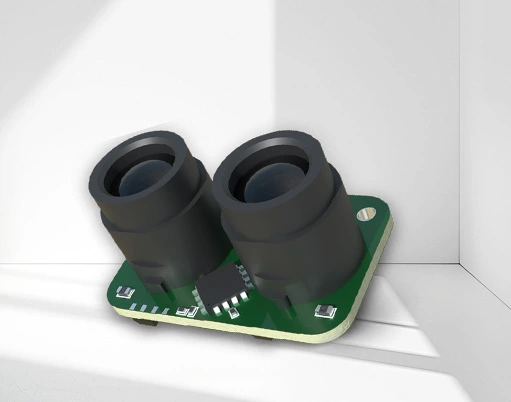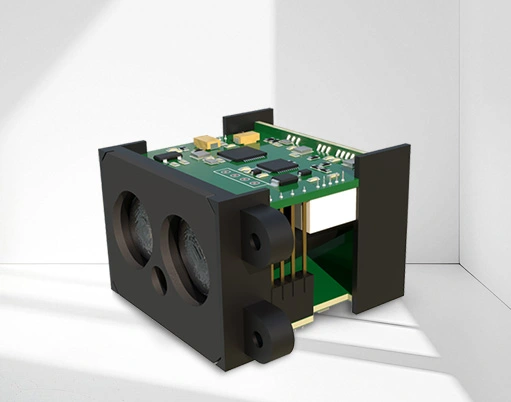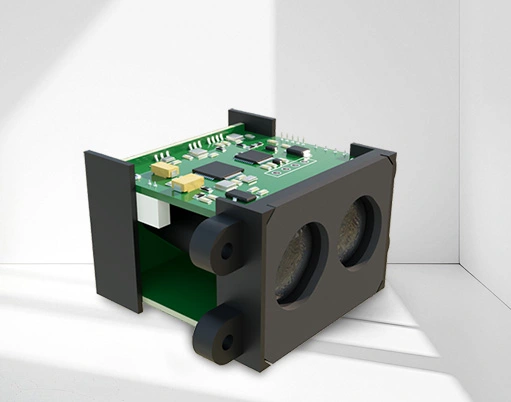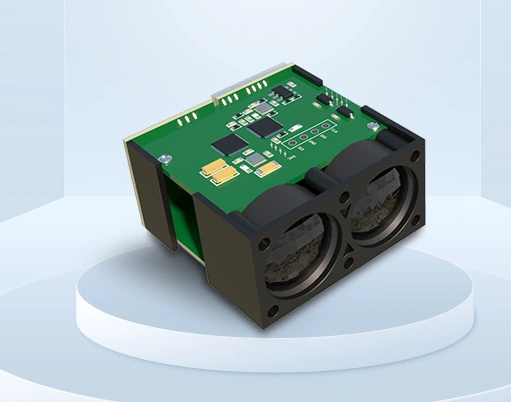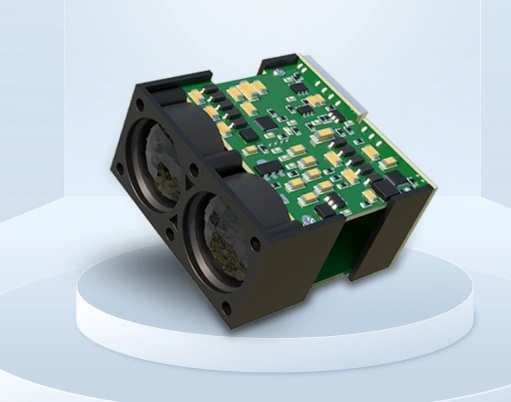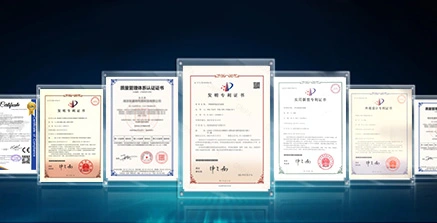A photoelectric sensor is a detection device based on the photoelectric effect, which emits a light beam and receives reflected or transmitted light signals,
Convert changes in light intensity into electrical signals to achieve non-contact detection of parameters such as object presence, position, color, distance, etc.
Its core components include a light source, optical system, photodetector, and signal processing circuit,
Widely used in industrial automation, intelligent transportation, environmental monitoring and other fields.
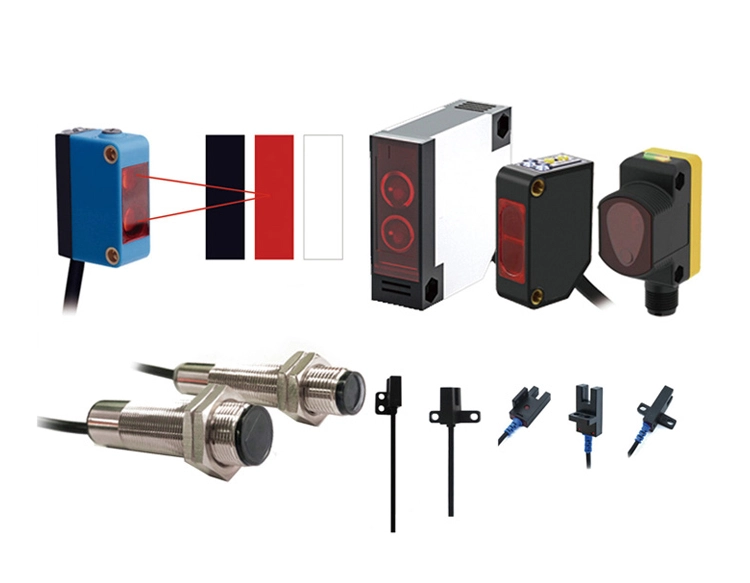
I.The working principle of photoelectric sensors
The workflow of photoelectric sensors can be divided into the following key steps:
Optical signal emission
The light source emits a beam of light towards the target area.
According to the application scenario, the light source can be continuous emission or pulsed emission, such as short pulse light commonly used in industrial detection to improve response speed.
Optical signal interaction
The beam of light reflects, transmits, or blocks when it encounters an object.
Objects with different materials and surface characteristics can cause differences in the scattering, absorption, or reflection intensity of light.
Optical signal reception and conversion
The receiver captures reflected or transmitted light signals and converts them into electrical signals.
This process relies on the photoelectric effect: photon energy excites electrons in semiconductor materials, forming changes in current or voltage.
Signal Processing and Output
After amplification, filtering, and other processing, electrical signals are converted into recognizable digital or analog signals, and finally output to the control system to perform corresponding operations.
II.The core advantages of photoelectric sensors
High precision and non-contact detection: Through precise optical design, it can detect micrometer level displacement or color differences while avoiding mechanical wear.
Fast response: The speed of light transmission and electronic signal processing enable a response time of microseconds, making it suitable for high-speed production lines.
Strong environmental adaptability: It can work stably in harsh environments such as high temperature, dust, and humidity, and some models support waterproof and dustproof design.
Diversified detection modes: Supports multiple working modes such as reflection, diffuse reflection, etc.
III.Application fields of photoelectric sensors
Production line inspection: used for product counting, size measurement, and robotic arm positioning.
Safety protection: Safety light curtains prevent personnel from entering dangerous areas by mistake, and laser radar assists robots in obstacle avoidance.
Autonomous driving: combining LiDAR with photoelectric sensors to achieve environmental modeling and obstacle recognition.
Traffic management: vehicle counting, ETC system, and signal light control.
Smart home: automatic door sensing, security camera infrared detection.
Precision agriculture: crop growth monitoring, sorting equipment color recognition.
summarize
Optoelectronic sensors have become indispensable sensing components in modern technology due to their non-contact, high-precision, and fast response characteristics.
With the integration of the Internet of Things, artificial intelligence, and 5G technology, optoelectronic sensors are developing towards intelligence and integration.
In the future, its potential for application in intelligent manufacturing, smart cities, and sustainable development will be further unleashed, providing core support for industrial upgrading and convenient living.

